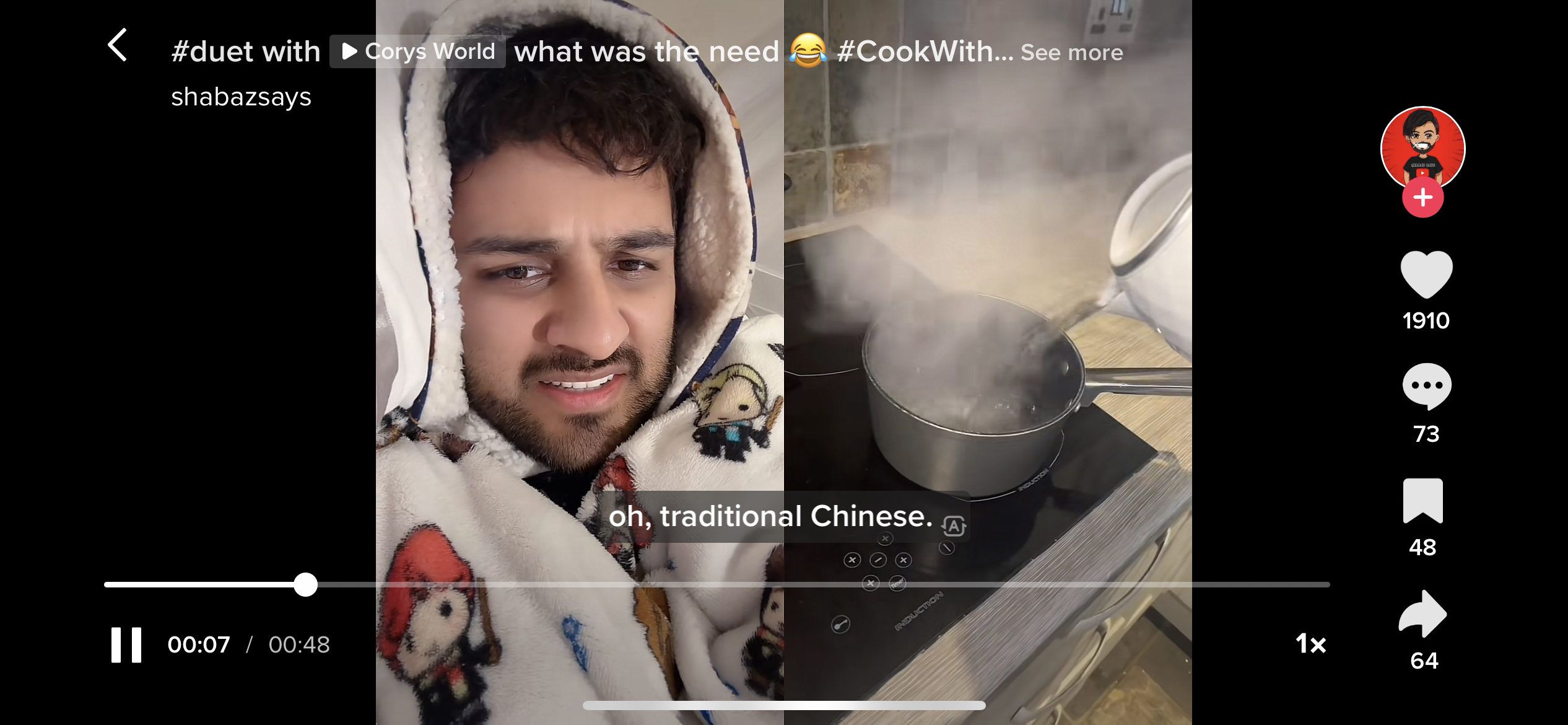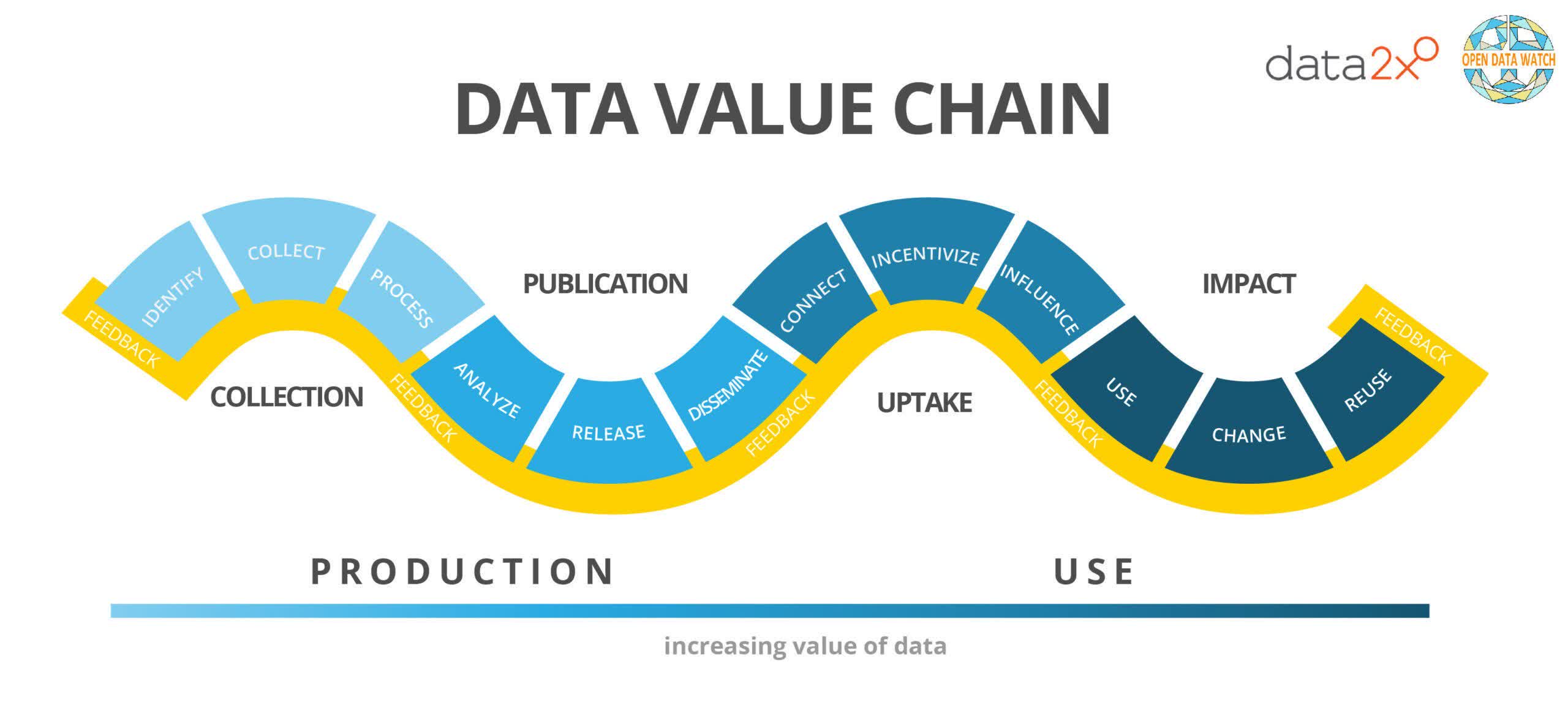By Aliza Licht
A new social trend bubbled up on TikTok recently: #deinfluencing has racked up more than 180 million views. In these videos, people tell you what not to buy. Sometimes, they’ll dismiss the hype around certain popular products only to recommend a better alternative. Publications including Today, CNN, and Huffington Post, to name a few, have piled on to declare influencers over and social commerce dead. Even Fortune weighed in, saying that “Gen Z and Millennials are rejecting consumer culture” to “protect their money.”
I rolled my eyes at all this. Here’s the thing: de-influencing is influencing. I don’t care if someone only has 100 followers. If those 100 people trust that person, they have been influenced. I’d know —as the anonymous social media personality #dknyprgirl, I’ve been on the inside of what is now the creator economy since the beginning.
In 2009, fashion brands were just beginning to acknowledge bloggers even though they existed years earlier. This new crop of self-appointed fashion critics was a wild card; because they had no skin in the game, they were free to critique however they wanted. Their honest, best-friend-like reviews gained traction with adoring audiences everywhere. Fashion brands, however, were not so welcoming.
One fateful day — Sept. 28, 2009 — Dolce & Gabbana decided to open the floodgates and seat BryanBoy and Tommy Ton of Jak and Jil in the show’s front row. From a traditional editor’s perspective, this was shock and horror! Bloggers seated next to, gasp, editors? In the front row of a fashion show?! The world as we knew it was coming to an end. But to the public, fashion was finally being democratized and accessible in a new and exciting way, with images being released into the world in real-time, versus the previous carefully curated images brands would share later in print magazine ads.
But just like anything else, with time, everyone got more comfortable. Brands got smart and realized the power of “peer-to-peer” recommendations. That, my friends, was way cheaper than owning talent on the red carpet during awards season or buying an ad in Vogue. Bloggers became influencers, and brands were more than happy to tap into a new, modestly-priced talent pool. The landscape changed. Online communities became powerful.
If you trust the messenger, you trust the message.
Since then, influencers have become a mainstay of every brand’s strategy. Companies partner with influencers to generate brand awareness, reach new audiences, and leverage their celebrity in paid social where they can determine a clear return on investment. What’s more, many have tapped influencers in traditional ad campaigns and commercials.
When the pandemic hit, headlines declaring the end of influencers were widespread. It made sense at the time. With companies shutting down and closing brick-and-mortar stores, who was thinking about brand partnerships? Advertising and creative agencies were temporarily unable to produce the high-price photo shoots that brands need to promote their products. But as more business began moving online, content was again in demand. Who saved the day? Influencers. They could shoot products in their living rooms.
Rooting against influencers is easy because the industry is often misrepresented and misunderstood. As someone who sees both sides as both a board member of the American Influencer Council and a consultant who works with brands on their social strategies, I know what goes into making this a profitable business. The most successful creators I know take extreme care in choosing who and what they align with. They also care deeply about the credibility and loyalty of their community. If you trust the messenger, you trust the message. So when we see all this hype about de-influencing and trying to take down a legitimate industry, we have to wonder what the firestarter really is.
The joke is that “de-influencers” probably know they are influencing.
What’s happening now is a confluence of economic downturn, widespread layoffs, and a backlash to opulence. Predictably, in a time of economic uncertainty, people are warning each other of products that don’t live up to their hype. Is it a coincidence that the prominence of bloggers in 2009 was right after the recession of 2008? I think not. De-influencing is simply a dressed-up version of an honest blogger review from back in the day. The only difference now is that regular people have the TikTok algorithm to bolster their reach, as you don’t need thousands of followers for a post to catch fire.
You can’t destroy the idea of influence. It’s human nature, and it’s been around since the dawn of time. This movement represents a public cry for authenticity, but it’s also a fact that the more controversial and counter-intuitive you are online, the more engagement you get. The joke is that “de-influencers” probably know they are influencing.
If there’s a lesson in here somewhere, it’s that creating a strong community begins and ends with trust. But where we put our trust moves like the wind. One day, an influencer like Mikayla Nogueira is on top of the world, but when that trust evaporates in the blink of a false eyelash, it’s hard to rebuild. Then we move our attention to someone else.
Creators aren’t going anywhere. Influencer marketing will remain resilient amid the current economic uncertainty, and social video ad budgets will weather the storm better than their non-video counterparts. Everyone is influenced by someone. It’s up to you, dear follower, to decide who you want to trust.
By Aliza Licht
Aliza Licht is the Founder of Leave Your Mark and the author of the upcoming book, On Brand: Shape Your Narrative. Share Your Vision. Shift Their Perception.


























